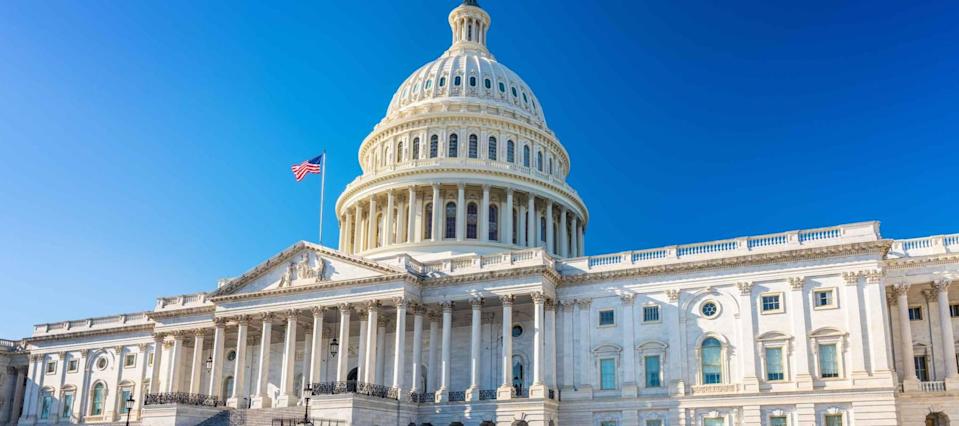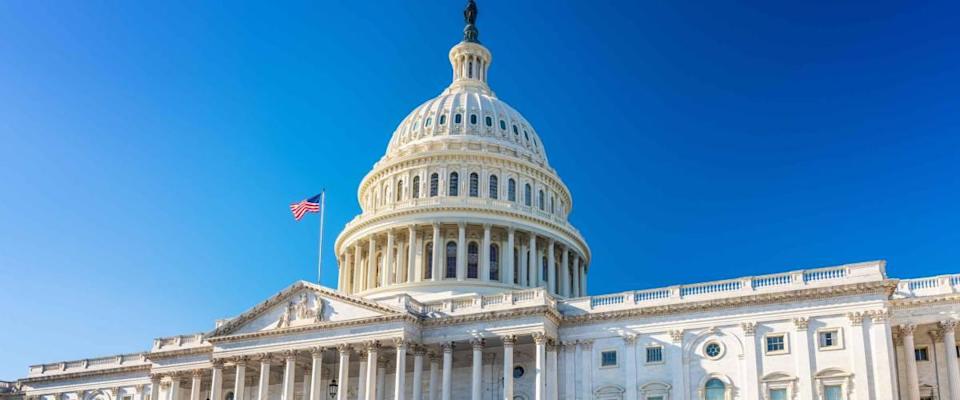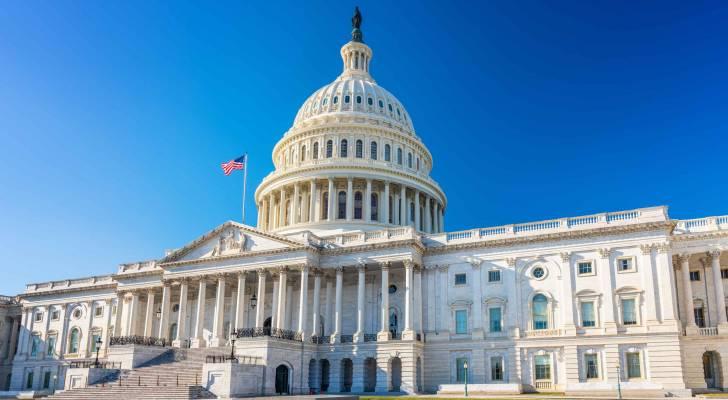
Lawmakers in Congress are working on a bill to help make your sunset years a smoother ride.
Reps. Richard Neal, chairman of the ways and means committee, and Kevin Brady, the committee’s ranking Republican, recently put forward the Securing a Strong Retirement Act.
This legislation, nicknamed the Secure Act 2.0 — a reference to a 2019 retirement-reform bill called the Secure Act — aims to offer Americans more opportunities to increase their retirement savings and improve their long-term financial well-being.
“The retirement crisis in America is real, and will only get worse without easier pathways to saving and encouraging workers to start planning for retirement earlier in life,” the lawmakers said in a joint statement. Here’s more on what that means for the average worker planning for retirement at any age.
What’s happening?
Contents

The original Secure Act (Setting Every Community Up for Retirement Enhancement) pushed back the age at which retirees must start taking their required minimum distributions (RMDs) from the 401(k)s and IRAs.
It also expanded the use of 401(k) plans and allowed workers to contribute to their IRAs longer.
Secure 2.0 would introduce a number of changes that would make it even easier for workers to save more for their retirement and over a longer period of time.
The proposed changes include:
-
Pushing back the age for RMDs from 72 to 75 over the next decade.
-
Less harsh penalties for failing to withdraw from retirement accounts on time and more leeway to make catch-up contributions between the ages of 62 and 64.
-
Employers will be required to automatically enroll any eligible employees into a 401(k) or 403(b) plan.
-
Allowing employers to offer small incentives, like gift cards, to encourage workers to contribute to their retirement savings.
-
Allow employers to match retirement contributions to a worker’s student loan payments.
-
Create a national lost-and-found retirement plan database to easily find and collect all your benefits from your career.
-
More flexible contribution requirements for part-timers and greater access to plans for employees of small businesses.
-
Better investment options for 403(b) accounts.
What would the changes mean for you?

As of next year, all employers will be required to automatically enroll any new employees in a retirement savings plan.
You’ll start out with a 3% contribution, but that should increase by 1% every year to at least 10%, but no more than 15% of your annual pay.
Workers between the ages of 62 and 64 will be able to contribute between $5,000 to $10,000 more a year to their SIMPLE or 401(k) and 403(b) plans to help them catch up on savings for retirement.
So if your financial adviser suggests your account needs a little more padding, this will offer the chance to reach your goals.
As for those who are already retired, they’ll be able to hold off on taking out their RMDs until 75 years of age — giving them three more years to watch their savings grow.
Between the incentives and requirements for employers and the additional opportunities to grow your funds, planning for retirement should be a no-brainer.
What’s the next step?

After the bill was passed by the ways and means committee in early May, it was sent to the House of Representatives for consideration. It’s expected to be taken up by the Senate after the August recess.
Although there’s strong bipartisan support for the legislation, there’s still a good chance that it’ll face some modifications as it works its way through Congress.
There’s also another bill, the Retirement Security and Savings Act, that senators Rob Portman and Ben Cardin recently reintroduced, which includes many of the same provisions as the Secure Act 2.0.
If that ends up passing in the Senate, it’s likely Congress would work to reconcile the two bills or ask the Senate to vote on a spending bill that includes the House’s version of Secure 2.0.
Some form of retirement reform will likely pass this year, but we presumably won’t know the final details until this summer.
What you can do right now

If your retirement goals and current level of savings are currently incompatible, you don’t have to just wait for Congress to give you a hand.
Here are some options to help you free up more cash to funnel away for retirement.
-
Invest like a pro for only pennies. You don’t have to have a lot of money to get into the market. WIth a popular app, you can invest your “spare change” and turn your pennies into a diversified portfolio. When you’re ready to retire, you’ll have some tidy profits you can rely on.
-
Crush your debt. If you’re struggling to pay off multiple debts at high interest rates, consider rolling your debts into one. Opting for a lower-interest debt consolidation loan is not only an easier way to chip away at your debt, it’ll also save you some time and money.
Slash your insurance premiums. When was the last time you looked around for a better price on your auto insurance? If it’s been a while, it may be costing you more than $1,000 extra every year. Shop around to ensure you’re paying the best possible rate. And while you’re at it, use the same technique to save hundreds on health insurance, too.

